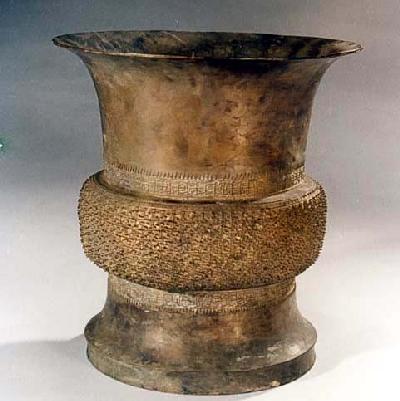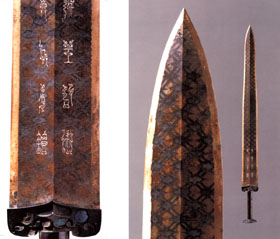| About China > History > Dynasties > dycontent |
|
|
Spring and Autumn Period
The Spring and Autumn Period was a time of turbulence and transition in Chinese history, with the decline of the patriarchal clan system, enfeoffment system and traditional cultural pattern of the Western Zhou Dynasty (11th century-771BC).
From the social structure to the political system, great changes had taken place during the late Spring and Autumn Period. Cultural and educational systems were no exceptions. At that time persistent social upheavals gradually broke the monopoly of culture and literature by members of the nobility. To educate and foster more scholars and officials, private schools became a trendy development. Confucius started private tutoring under such circumstances. Praising King Wen of the Western Zhou Dynasty and influenced by Guan Zhong and Zi Chan of the Spring and Autumn Period, Confucius created a school of thought called Confucianism by refining various literary materials in history.
Following a long war period, only seven states -- the Seven Powers of the Warring States Period -- remained before they were finally absorbed by the Qin when the country was united. |
||||||
 |

